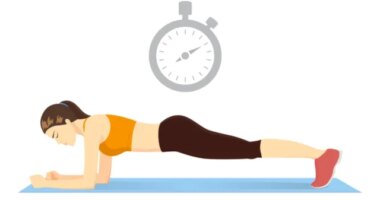
Our coach explained that when you just start out surfing or are even trying out a new surf break, your window of tolerance is going to be relatively small—you’re likely to get flustered when you miss a wave or wipe out, or you might even freeze when you see a wave coming instead of turning your board around and paddling for it. However, as you continue your surfing journey or keep returning back to that new surf spot, your window of tolerance can expand; each time you get out into the water, you may be able to endure more stimulation and still feel calm and grounded.
Just becoming aware of this concept has been a game-changer for me both in and out of the water. When I’m feeling overwhelmed, whether it’s because I’m getting used to a new wave, trying a new activity, or even putting myself in a new social situation, I remind myself that this feeling is not only normal, but also that every time I try again, I’ll (hopefully) get a bit more comfortable. For me that knowledge breeds resilience, and it’s become an invaluable part of my mental health toolbox.
Tuning in to my physical surroundings can help me tune out anxious thoughts.
While simply learning about the window of tolerance was helpful in and of itself, our coach also taught us some mindfulness techniques to get back into that calm, present zone when we feel overwhelmed or shut down in the water. Specifically, she explained that returning our attention to our physical surroundings—whether that’s looking up at the birds in the sky or noticing the feeling of the water moving against our hands—can help calm us down enough to return us to a state of emotional balance.
I like to employ this strategy using the popular 5-4-3-2-1 grounding technique, where I mentally take note of five things I can see, four things I can touch or feel on my body, three things I can hear, two things I can smell, and one thing I can taste. The concept is based on the idea that by tuning in to your body’s senses, you’re better able to tune out your mind’s anxious thoughts. If I haven’t eaten anything recently and don’t have any lingering tastes in my mouth, I will sometimes replace that last element with one thing I’m grateful for. This moment of gratitude helps me get out of my head, and expressing appreciation for what I have often helps me quell feelings of anxiety.
READ RELATED: 4 Worst Drinking Habits To Have if Dementia Runs in Your Family, Says Dietitian
I use this grounding technique as a form of meditation, and it serves me both when I’m on my surfboard and when I’m on land. For example, when I’m feeling anxious and overwhelmed at home, I’ll go up to my deck and use this tool to observe the way the branches of the trees move in the wind, how the breeze feels on my face, the sound of the birds chirping above me, the smell of the dirt in my yard, and my gratitude for living in a place that I love. Afterward, I always feel significantly calmer and more peaceful than I did prior to the exercise.
Even including moments of stress in the waves, I’ve always experienced surfing as an emotionally regulating activity. I tend to get out of the water with a blissful, centered, all-natural buzz. And while I went on the Las Olas retreat with the intention of using surfing to get myself into a more grounded mental state, I didn’t expect that the trip would give me tools to help me calm down in my everyday life too. My relationship with the ocean is always bringing me unexpected lessons and connecting me with supportive communities—something for which I often find myself expressing gratitude during my grounding meditations.
Related:
Source: SELF










